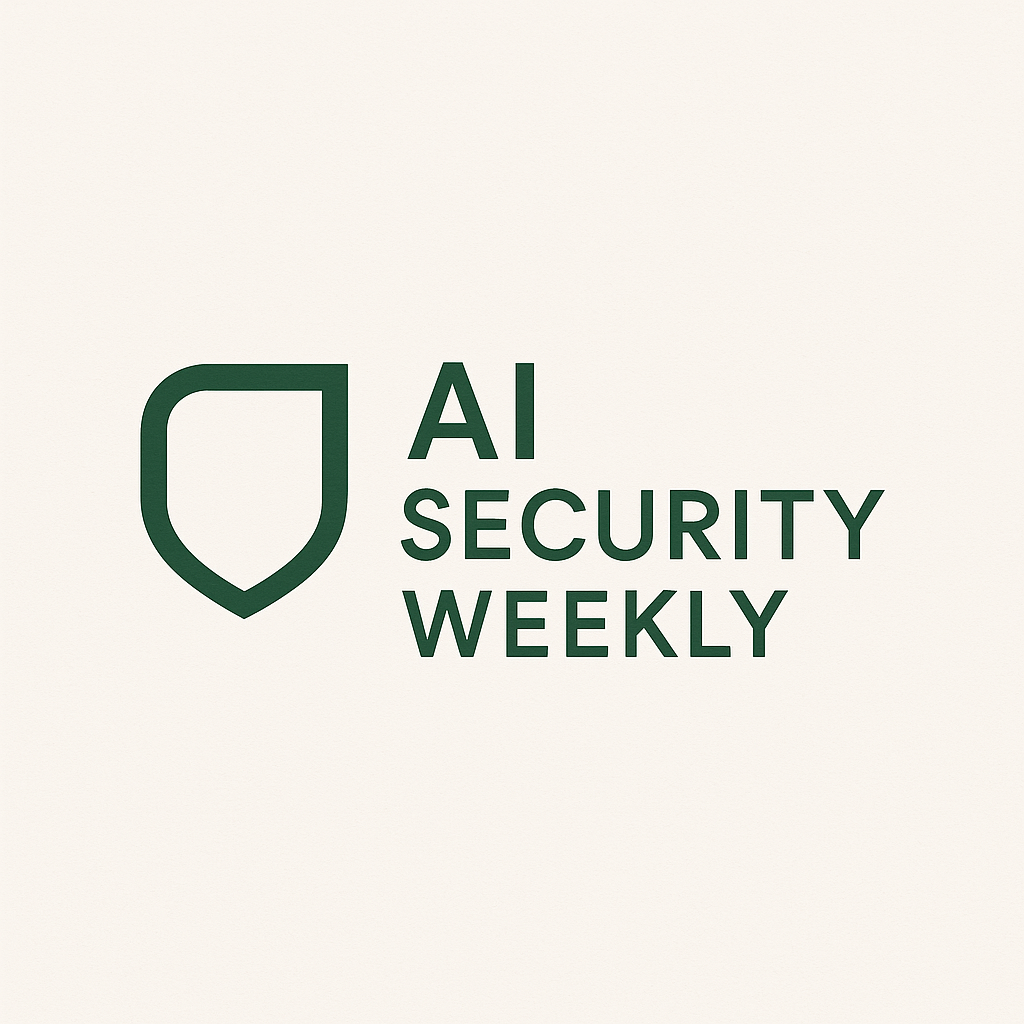The identity and access management (IAM) sector is undergoing a remarkable evolution in 2025, influenced by advanced cyber threats, the emergence of quantum computing, and a rapid increase in machine identities.
Experts forecast that the IAM market will surpass $24 billion by the close of 2025, experiencing an annual growth rate of roughly 13% as businesses sharpen their focus on digital identity protection amidst a complex threat landscape.
AI-Powered Revolution in Identity Security
Artificial intelligence is significantly transforming IAM processes, with a striking 96% of security professionals acknowledging that AI and machine learning will be vital in addressing identity-related security incidents.
The rise of agentic AI signifies a notable advancement, shifting from standard automation to autonomous systems capable of context-aware decision-making. These intelligent systems actively observe user behaviors, such as mouse movements and typing rhythms, allowing for real-time threat identification and responsive authentication measures.
The Rise of Phishing-Resistant Authentication
Given that over 90% of breaches stem from phishing, organizations are quickly adopting phishing-resistant multi-factor authentication (MFA) solutions. Unlike conventional MFA that often relies on intercepted SMS codes or notifications, phishing-resistant MFA utilizes public/private key cryptography, effectively eliminating shared secrets that attackers might exploit.
Leading this advancement are FIDO2 and WebAuthn standards, which cater to 95% of user devices and enable authentication via hardware tokens, biometric verification, and certificate-based methods.
Passwordless Authentication Gains Momentum
The passwordless authentication market, valued at $923.3 million in 2024, is poised to reach $8.9 billion by 2033, achieving an annual growth rate of 28.7%. This marked shift highlights the acknowledgment among organizations that passwords represent a significant vulnerability in their security frameworks.
Prominent tech giants like Google, Apple, and Microsoft are backing passkeys on their platforms, facilitating seamless user verification through biometric scans, secure apps, or hardware tokens.
Preparing for the Quantum Threat
Organizations are earnestly preparing for post-quantum cryptography (PQC) as advancements in quantum computing pose risks to current encryption technologies. Innovations like Google’s Willow chip signal a move from theoretical discussions to practical implications that could undermine RSA and ECC encryption in the near future.
The National Institute of Standards and Technology (NIST) standardized post-quantum algorithms in August 2024, urging organizations to formulate cryptographic agility strategies to counter evolving threats.
Machine Identity Management Crisis
The growth of machine identities is creating a pressing challenge, with organizations now facing a staggering 40:1 ratio of machine identities to human identities. A CyberArk survey suggests that half of the organizations anticipate a tripling of identity management demands due to non-human identities, which typically utilize digital certificates and require automated lifecycle management.
As institutions navigate this evolving landscape, they must embrace innovative technologies and strategic approaches to identity and access management to stay ahead of potential threats.



